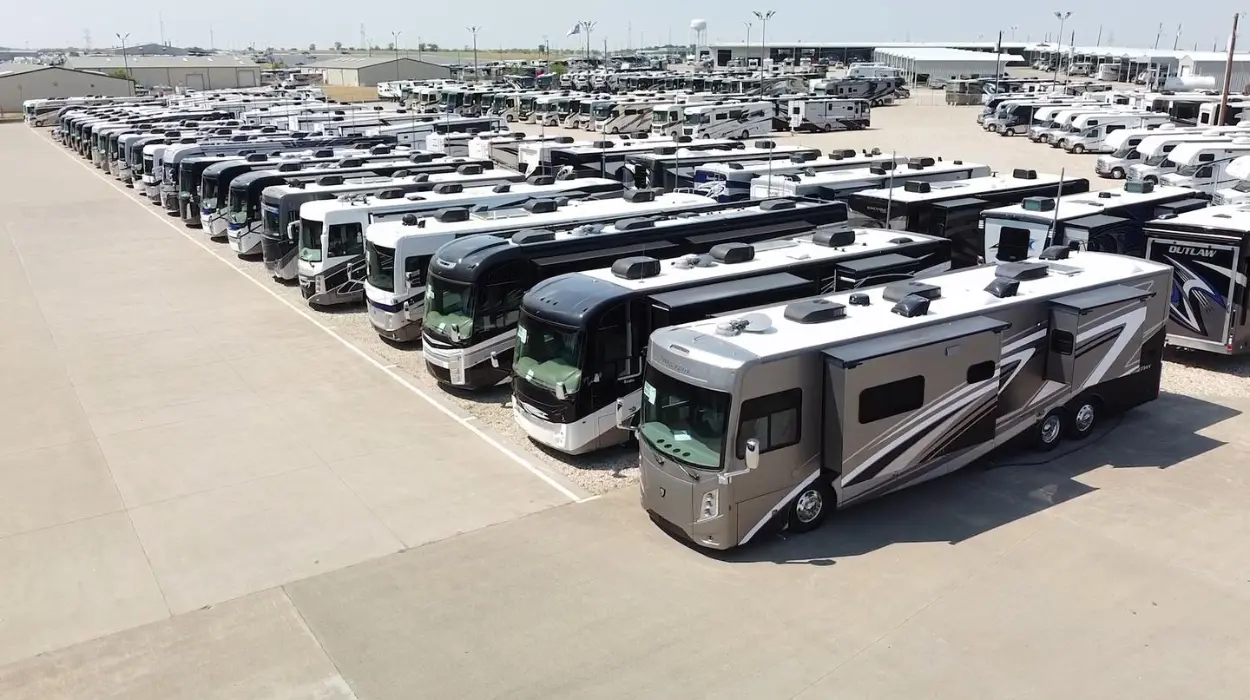USA (Transatlantic Today) – Americans have been steadfast travelers despite recurrent issues with inflation and high borrowing rates, especially in the post-pandemic environment. After a notable upsurge throughout the COVID-19 lockdowns, the recreational vehicle (RV) business is currently recovering to a steadier position, indicating a bright future for the American economy.
Due to the COVID-19 pandemic’s restrictions on traditional travel, there was an unprecedented surge in RV travel. RV Industry Association (RVIA) records show that over 600,000 RVs were delivered in 2021, setting a new peak. Since then, there has been a drop in sales and delivery, although current statistics indicate a comeback, with 2024 deliveries expected to surpass 2023 deliveries.
RVIA spokesperson Monika Geraci stressed the industry’s resilience despite external factors such as election cycles, inflation, and interest rates. “We see the long-term health of the industry,” Geraci said, underscoring the significance of these factors moving in the right direction to achieve sustained growth.
Sales and Shipments Trends
According to FoxBusiness, RV sales and shipments have normalized after peaking during the pandemic, “We’re settling back into more of our regular cycle,” Geraci explained, noting that production has been outpacing sales, which is expected to balance out as the market stabilizes.
RV sales and shipments serve as a barometer for consumer confidence and economic health. “If people are feeling comfortable in their jobs and income, they’re more likely to make purchases,” Geraci said, reflecting the mixed messages currently sent by the economic indicators.
Impact of Interest Rates
The rise in interest rates has significantly impacted RV sales, which have been running at recession levels. Blue Compass CEO Jon Ferrando noted that while 2021 saw a record 515,000 RV sales, the current rate has dropped to around 340,000 units, influenced by inflation and high interest rates.
Industry experts agree that reducing interest rates is crucial for improving sales. With the Federal Reserve expected to begin cutting rates later this year, there is optimism about a recovery. “Purchase intent is still there,” Geraci noted, but high interest rates are a barrier for many potential buyers.
Ferrando predicts a strong rebound in RV sales by 2025, driven by pent-up demand and lower interest rates. Both Ferrando and Geraci are hopeful that the Fed’s actions will catalyze improved consumer sentiment and economic conditions, leading to increased RV shipments and sales.
As the RV industry stabilizes and adapts to current economic challenges, its performance remains a key indicator of broader economic trends, pointing to a potentially bright future for the U.S. economy.


























